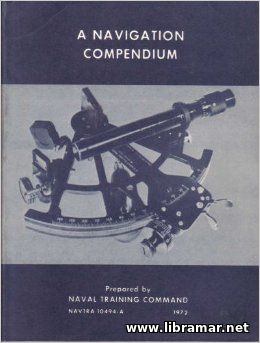 This is a revised edition of the Navigation Compendium. The content of this official document has been intentionally prepared to be used for use in the navigational study at naval schools and within the fleets. It is actually considered a naval document. The book is covering a very broad and expanding subject area. It presents and describes the fundamental elementary navigational tools and terms.
It also presents in detail the use of navigation charts and nautical publications constituting a source of information used by the navigators on the regular basis. Among the topics discussed within the book there are tides and currents, advanced systems of electronic navigation, timepieces, celestial calculations, compasses and other classic navigational equipment, piloting and dead reckoning, abbreviations and symbols used on the charts, etc.
There are several appendices to the main content of the book covering the trigonometrical functions and physics, instruction workbooks and other supplementary information. The materials contained in the book are expected to be of great use to the navigators as they will find all necessary essential information. The book contains literally all information considered basic and necessary for the marine navigators.
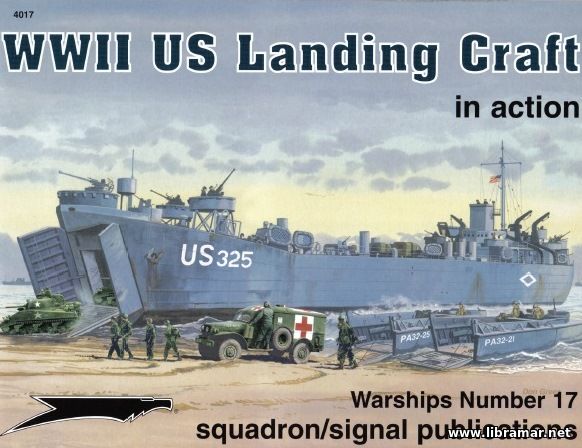 The Landing Craft, Vehicle Personnel was called the most important weapon to come out of World War Two. This was due to its ability to land troops and equipment on an enemy shore, withdraw, reload, and return numerous times to resupply the beachhead. The LCVP was a development of the earlier LCV and LCP and was also designed by Andrew Jackson Higgins of New Orleans, Louisiana. The LCVP was constructed entirely of wood, with the exception of the steel bow ramp.
This craft was 35 feet 9 inches in overall length, with a maximum beam of 10 feet 6 inches. Its draft was rated at 3 feet 5 inches forward when fully loaded and 2 feet 2 inches forward when light. The LCVP displaced 15,000 pounds lightly loaded, 18,500 pounds at hoisting weight, and 26,600 pounds fully loaded. Either a sling or davits on the parent ship could hoist the LCVP. It had a maximum speed of 12 knots light and nine knots fully loaded. Power was provided by a 225 HP Gray Marine 64HN9 six-cylinder diesel engine. The range on 180 gallons of onboard fuel was 110 nautical miles at full power and full load. A few LCVPs were powered by 250 HP Hall-Scott gasoline engines and were primarily used for training. The LCVP normally carried a crew of three: a coxswain, a mechanic, and a crew hand.
The latter two were also responsible for manning the .30 caliber M1919 machine guns when they were fitted. The gunners sat in cockpits situated just forward of the splashboard on the aft deck. The LCVP's cargo well was 17 feet 3 inches in length and 7 feet 10 inches at maximum width, with an interior height of 5 feet. The bow ramp was operated by wire cables attached to an electric winch located on either side of the aft interior hull. The starboard side bulkhead contained the emergency tiller and a ramp equalizing sheave and cable guard. The exterior hull sides were fitted with .2 inch Special Treatment Steel armor protection for the crew, troops, and cargo.
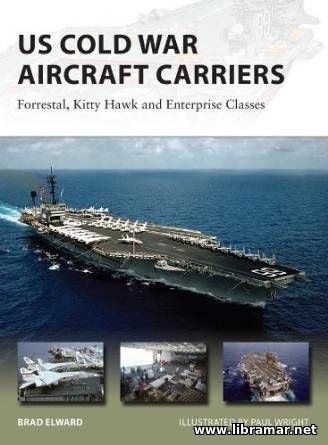 The present publication is covering the supercarriers constructed during the period of the Cold War - there were nine of them, namely four Kitty Hawk - and four Forrestal - class carriers plus the nuclear-powered USS Enterprise. Subject carriers were designed straight after the Second World War and were capable of safely handling big jet aircrafts.
The publication was prepared with the intention of the author to detail the process of the development of the carriers and describe the history of each of them; the narrative is supplemented with numerous color photographs, sketches, drawings and original works of art that make the reading even more interesting. The publication has been found very informative and well-rounded.
According to the reviews from the specialists, this is a perfectly organized and truly great source of information for naval historians and it will definitely remain the excellent info source for many years to come. Moreover, we would recommend this volume to the ship model builders as they will have quite a lot of the practically useful information to use when making the models of these famous carriers that participated in the air campaigns of the Cold War era.
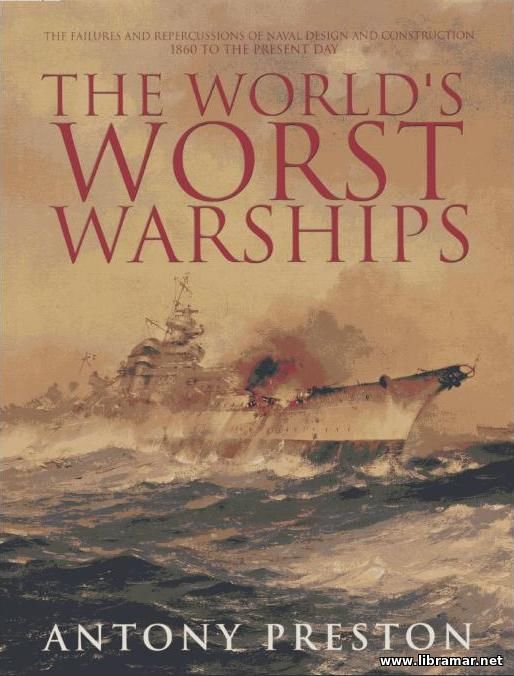 The present document with quite interesting title provides a very serious and thorough professional study of the actual reasons why some of the warships achieved very bad reputations. The content of the document is covering the historical period starting from 1860 and up to today, looking at a remarkably broad range of the nationalities and types of the vessels.
The original intention declared by Anthony Preston, the author of this volume was to provide all readers with the information about the factors that led to the failures and also repercussions of the naval design and construction of the naval warships during the above sated period of time.
Among the vessels addresses in the pages of this remarkably interesting and informative volume, are such famous ones as the HMS Captain (turret ship), HMS Swift (destroyer), Rurik (armored cruiser), Vesuvius (dynamite cruiser), HMS Hood (fast battleship), USS Katahdin and HMS Polyphemus (armoured rams), HMS Glorious, HMS Furious, HMS Courageous (light battle cruisers), IJNS Ryujo (aircraft carrier), HMSwS Gotland (hybrid cruiser), submarines of the K-class, Viribus Unitis and Normandie class dreadnoughts, flush-decker destroyers, various nuclear attack submarines, anti-submarine frigates, super battleships, scout cruisers, fast attack crafts, light and heavy cruisers and many other types of vessels.
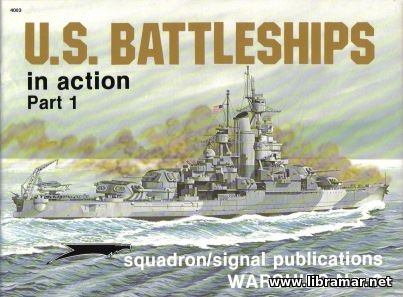 The ideas that brought about cruiser designs were developed during the 1600s when it became apparent that trade ships would need protection from marauding pirates. These new ships, known as frigates, were up-gunned and carried a full rig of sails. Conceivably, any ship they could not outrun, they could outfight. By the beginning of 19th Century, frigates roamed the world's oceans in search of pirates and perhaps just as often — other frigates.
During the transition period of the late 1800s, two types of cruisers were being constructed 'protected' and "armored". The British were the first to construct a protected cruiser HMS ESMlRALDA. The protected cruiser carried both belt (side) and deck armor, while the armored cruiser carried only deck armor, By the beginning of World War I, most cruisers under construction were of the armored type.
The first US ships to be classified as cruisers were the WAMPANOAG class of the Federal Navy during the American Civil War (1861-1865). The WAMPANOAG class were built of wood and powered by both sail and steam. The sails provided a long range, while the steam provided speed and maneuverability. This combination gave the cruisers the choice of fighting or retiring to engage at a more advantageous time...
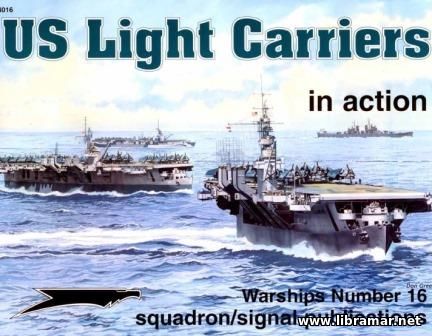 The present publication was prepared by Michael Smith, world recognized naval history expert, and is dedicated to the light cruisers of the United States Navy Fleet. The book starts with some general information and historical overview. Then, the author proceeds to the vessels, starting with the Cleveland and Independence class light cruisers, giving not only technical descriptions and data for those vessels but also supplementing the figures with the excellent narrative text and perfect wartime photographs.
Apart from the original specifications of the ships, the book also provides the information about the modifications. Among the vessels addressed in this publication, there are such famous vessels as USS Princeton, USS Monterey, USS Cowpens, USS Belleau Wood, USS Langley, USS Bataan, USS Cabot, USS San Jacinto and many other. Needless to say that this volume will definitely be very highly appreciated by all lovers of naval history, warships and naval armament. Note that the author is not focusing only on the technical details but also tells the very interesting history of each of the vessels, how they served, when they were built, which battles they participated in etc.
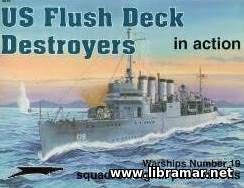 Al Adcock's book named "US Flush Deck Destroyers In Action" addresses four major classes of United States destroyers, namely Wickes, Sampson, Caldwell and Clemson. They all were designed for the purpose of ocean escort with top speed thus allowing them to keep station with the fastest battle cruisers if that time. The Sampson class deck destroyers were a transition design bringing together old destroyer design and flush deck design, while Caldwell class deck destroyers were some kind of test beds for the later Clemson and Wickes classes, which saw improved seaworthiness, higher speeds, greater range etc.
The so-called flush deck destroyers of the American Navy constructed during and straight after the First World War, were outdated and actually ready to go for scrapping by the beginning of the Second World War. However, they were put into active service and actually all of them performed well, meeting the expectations of the commanders of the American, British, Canadian, Soviet and other navy fleets of the world, including one destroyer serving even within the IJN, i.e. Imperial Japanese Navy. As it's a case with any other publication b the author, it provides all interested readers with a wealth of technical information about these destroyers, supplemented with the numerous data and plans plus images.
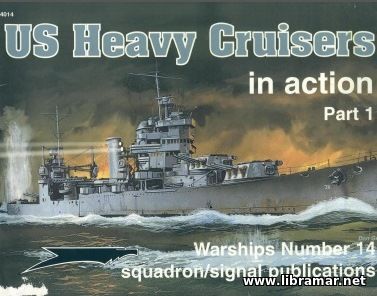 The original intention of the compilers of the present pamphlet was to provide readers with the enough practical knowledge they would require to observe and plot the celestial position lines in a correct ways, and also to be able to obtain any technical information commonly needed for completion of the celestial navigation day.
In fact, the degree of proficiency that can be reached in the field of celestial navigation, depends on the practical experience of the mariners. However, the present volume provides readers with lots of useful information that can be related as a foundation on which the whole other knowledge shall be built, and using this information, the mariners will be able to make the celestial navigation a much more satisfying experience. Please note that the information n an data provided in this title shall be used for training purposes only.
For many centuries, the mariners used the small and big dippers as a sort of guides as they always stayed in a same position. The star that did never seem to move at the sky was noticed to have a constant attitude and the mariners of the past used this to move north and south. We would not consider celestial navigation a dead art at all, even in the age of modern equipment and electronics. It is actually used to update the systems of electronic navigation and also used when there are ni any other means readily available...
|







